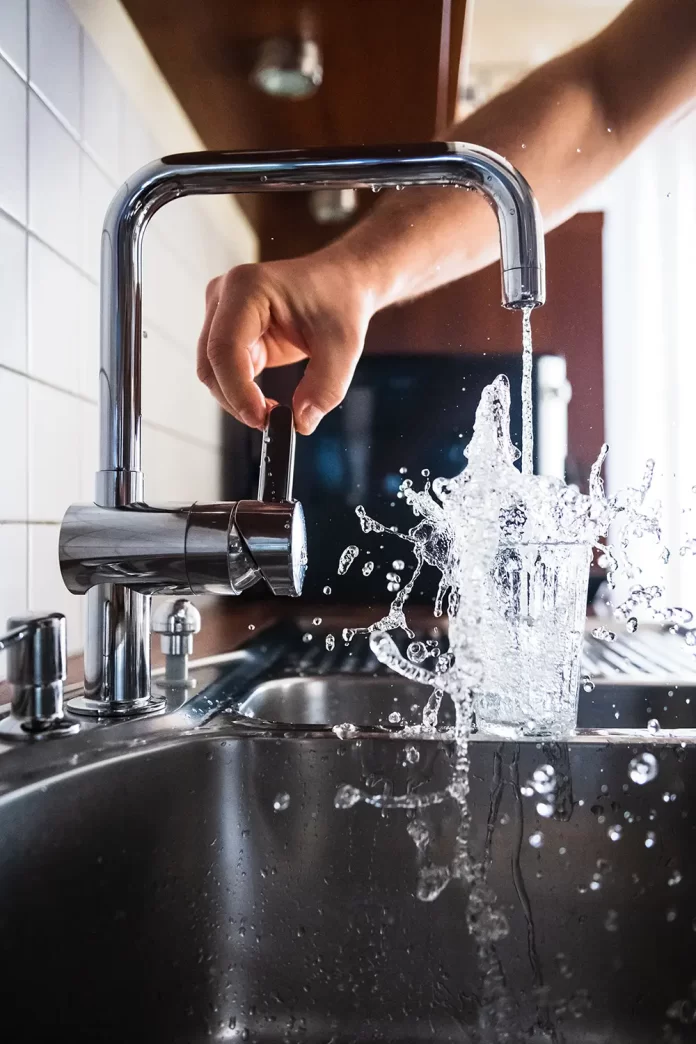Maintaining a well-functioning plumbing system is essential for the comfort and functionality of any home or building. Plumbing issues can quickly escalate into costly and disruptive problems if left unattended. The key to avoiding such situations is implementing a regular preventive maintenance routine. By performing routine checks and simple maintenance tasks, you can identify and address plumbing issues before they become major headaches. Here’s a comprehensive preventive maintenance checklist for your plumbing system:
1. Check for Leaks
Regularly inspect all visible pipes, faucets, and fixtures for any signs of leaks. Even a small leak can lead to water damage and mold growth over time. Look for water stains, dampness, or pooling water around pipes, faucets, and under sinks. If you find a leak you may need to contact a licensed contractor for help.
2. Test Drains
Check all drains in sinks, showers, and tubs to ensure they are draining efficiently. Slow drains can be a sign of a clog forming. Use a drain snake or a mixture of baking soda and vinegar to clear minor clogs.
3. Inspect Toilet Components
Check the toilet tank and bowl for leaks. Listen for constant running water or hissing sounds that might indicate a leak in the flapper or fill valve. Ensure that the toilet flushes properly and the water stops running after flushing.
4. Examine Water Pressure
Test the water pressure in your faucets and showerheads. Low water pressure could be a sign of a blockage or sediment buildup in the aerator. Clean or replace the aerators as needed.
5. Inspect Water Heater
Dedicate some time to conducting a comprehensive evaluation of your water heater, remaining vigilant for any signs of leaks, rust, or corrosion. Additionally, it’s advisable to perform a partial tank drainage, removing a few gallons of water. This practice effectively rids the tank of sediment accumulation, a process that, if overlooked, could potentially undermine the heater’s efficiency. Ensure the temperature setting is appropriate to prevent scalding.
6. Check for Water Heater Leaks
Inspect the pressure relief valve on the water heater to ensure it’s functioning correctly. Lift the valve part of the way and then release it. It should allow a burst of hot water into the drainpipe. If it doesn’t, it might be time for a replacement.
7. Test Shut-off Valves
Regularly turn on and off the shut-off valves for sinks, toilets, and appliances. This helps prevent the valves from seizing due to lack of use, ensuring they work when you need them.

8. Inspect Washing Machine Hoses
Check the hoses connected to your washing machine for bulges, cracks, or leaks. Replace them every few years to prevent sudden bursts that can cause flooding.
9. Examine Outdoor Plumbing
Don’t overlook the importance of maintaining your outdoor plumbing components. Outdoor faucets, hose bibs, and irrigation systems play a vital role in ensuring your garden, lawn, and outdoor spaces remain well-watered and vibrant. Neglecting these elements can lead to water wastage, increased utility bills, and even potential damage to your property.Disconnect hoses before winter to prevent frozen pipes.
10. Check Sump Pump
Maintaining your sump pump is of utmost importance to guarantee its optimal performance. A key approach to achieve this involves conducting regular tests, particularly in the lead-up to the rainy season. To test the sump pump, you can pour water into the sump pit and observe whether the pump activates and efficiently drains the water. Implementing this straightforward yet crucial action can effectively safeguard your home from potential flooding and water-related harm. Devoting time to testing your sump pump not only grants you peace of mind but also instills a sense of assurance in its dependable performance during critical moments.
11. Inspect Garbage Disposal
To check for any unusual noises or clogs, start by running cold water and turning on the garbage disposal. It’s important to avoid disposing of hard items like bones or fibrous foods as they can potentially cause damage. By following these precautions, you can ensure the smooth and efficient functioning of your garbage disposal system.
12. Check for Signs of Mold or Mildew
Regularly inspect areas prone to moisture, such as under sinks and around fixtures, for any signs of mold or mildew growth. Address the source of moisture and clean affected areas promptly.
13. Schedule Professional Inspections
While DIY maintenance is important, it’s also crucial to have a professional plumber inspect your plumbing system annually. They can identify hidden issues and provide expert guidance on maintenance and repairs.
By following this preventive maintenance checklist, you can keep your plumbing system in top condition and avoid unexpected plumbing disasters. Remember that a little maintenance now can save you a lot of time, money, and frustration in the future.
www.designswan.com
https://www.designswan.com/archives/preventive-maintenance-checklist-for-plumbing.html













